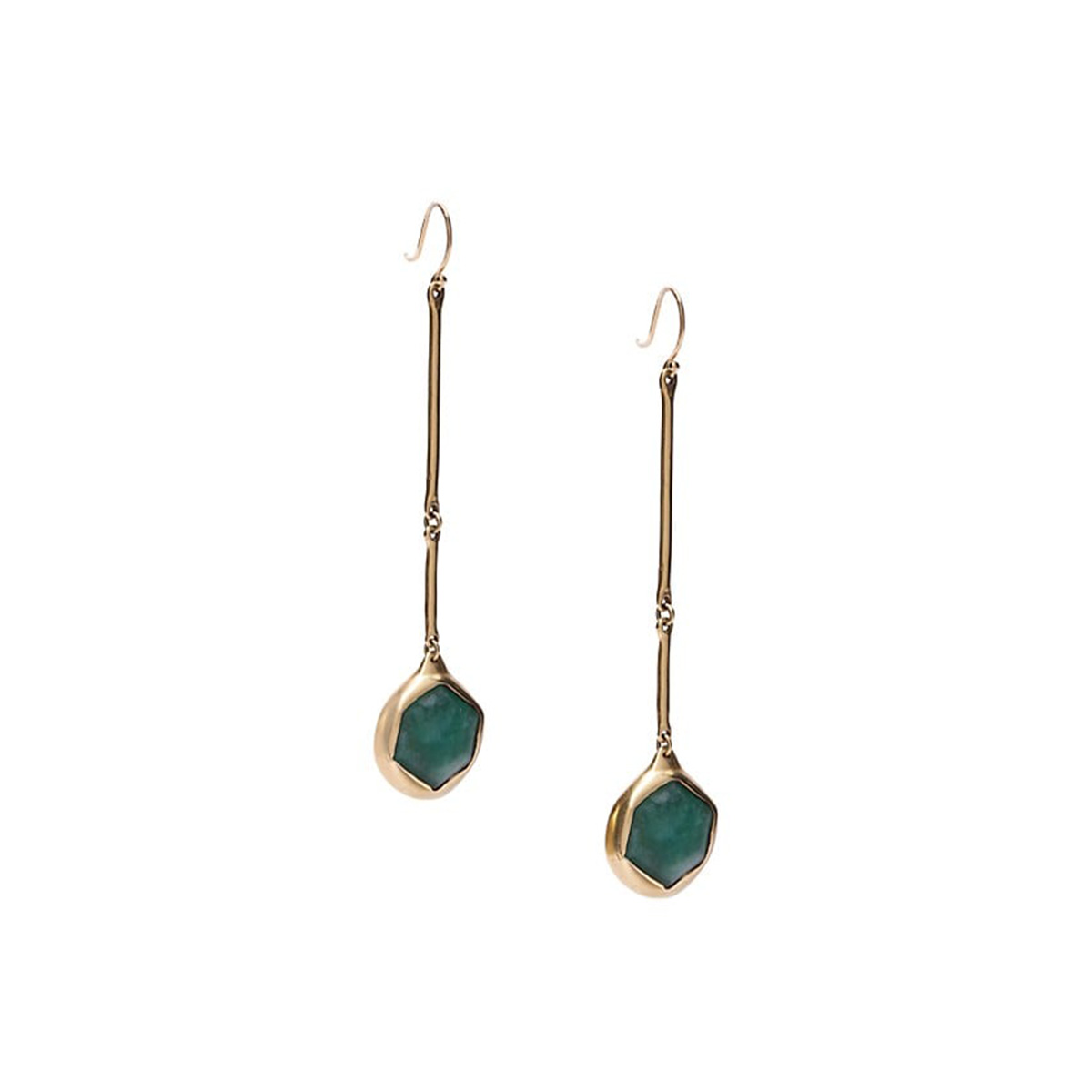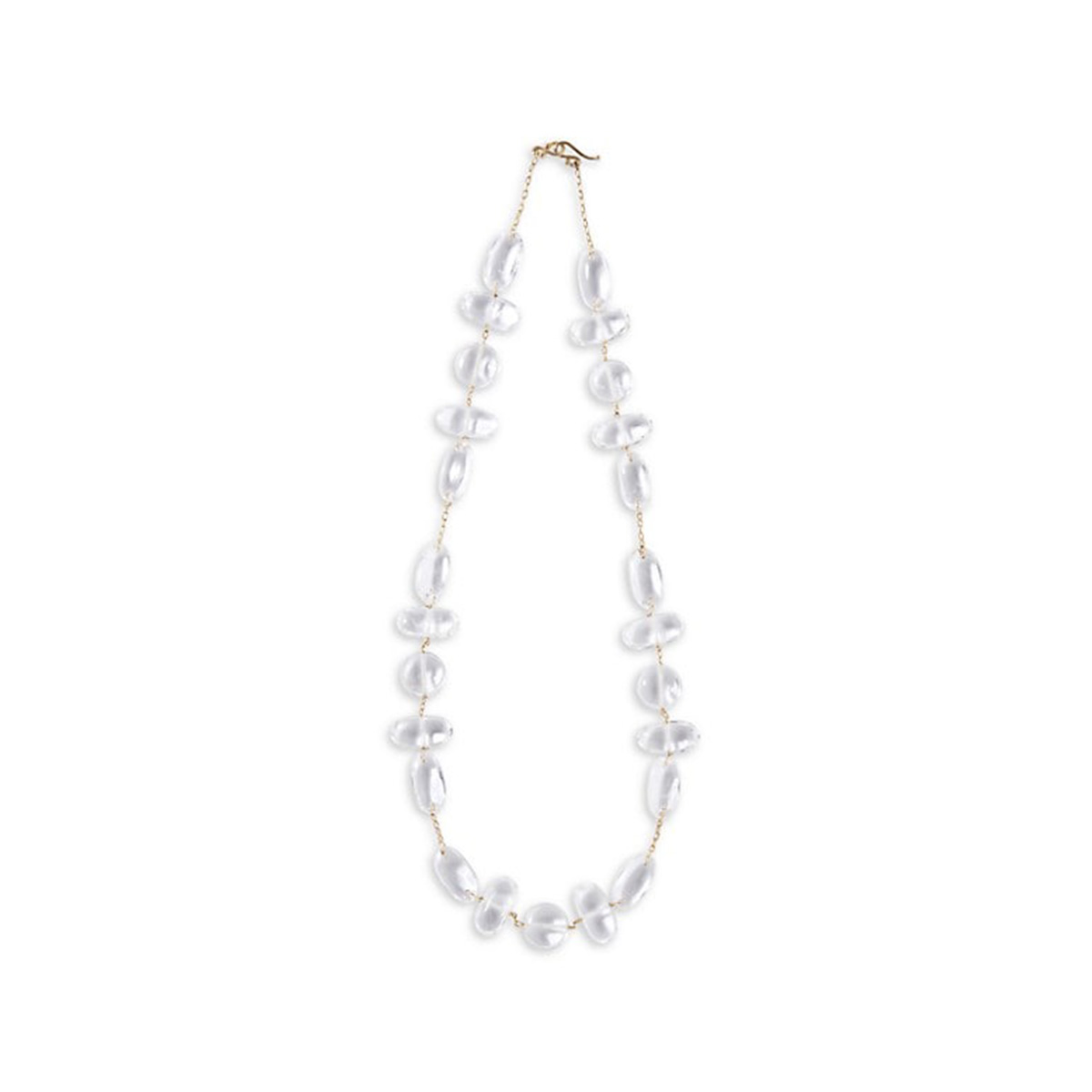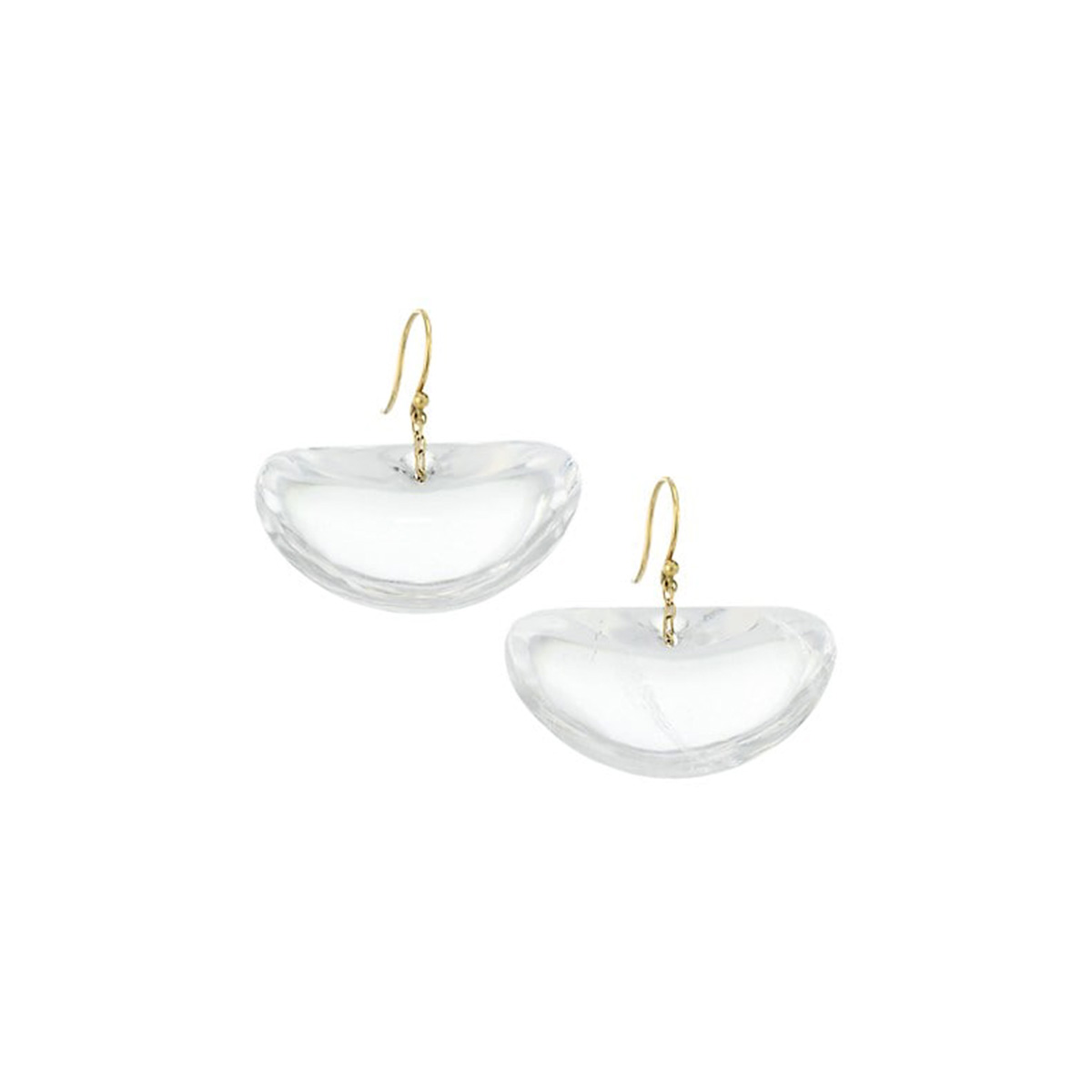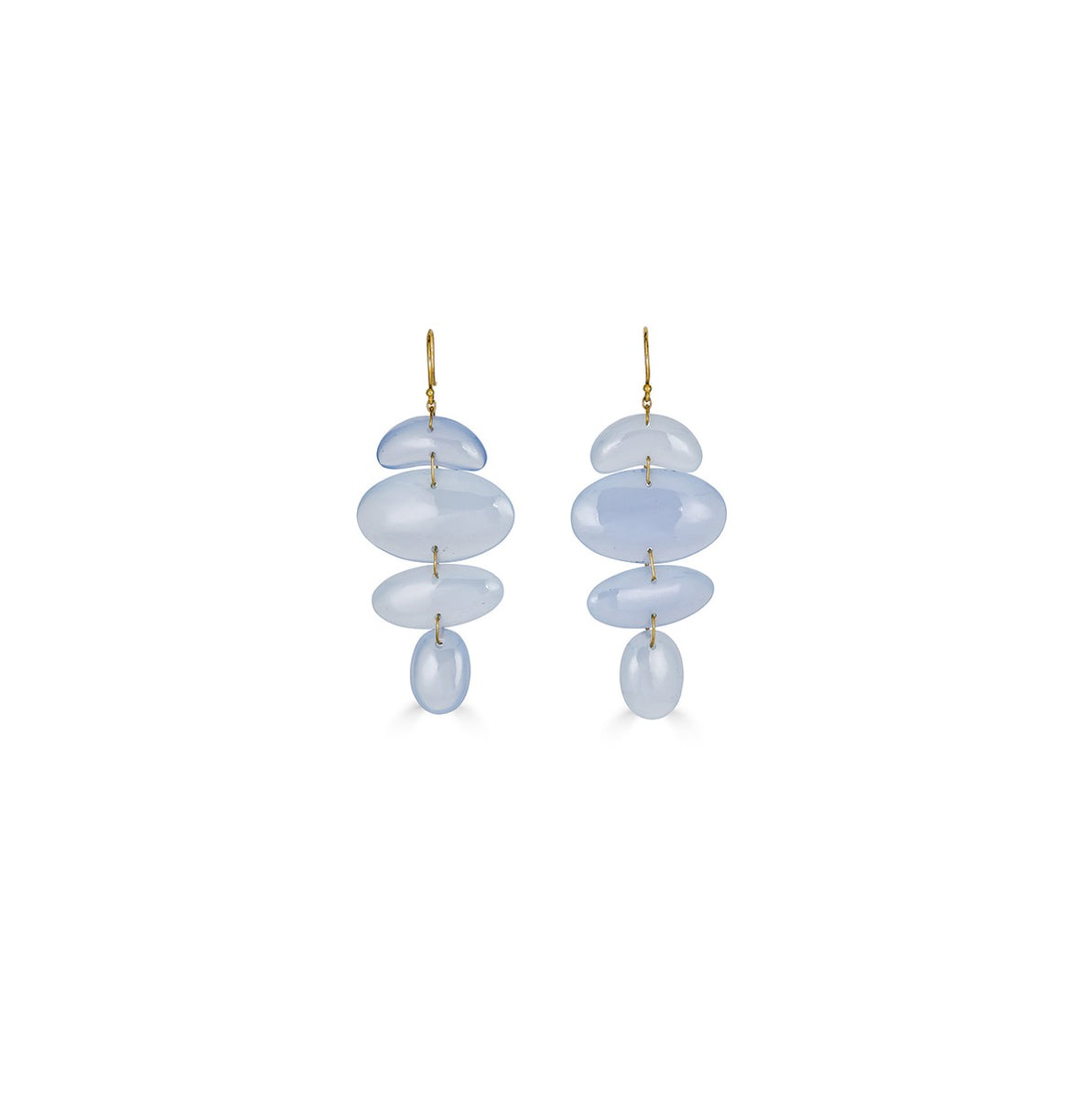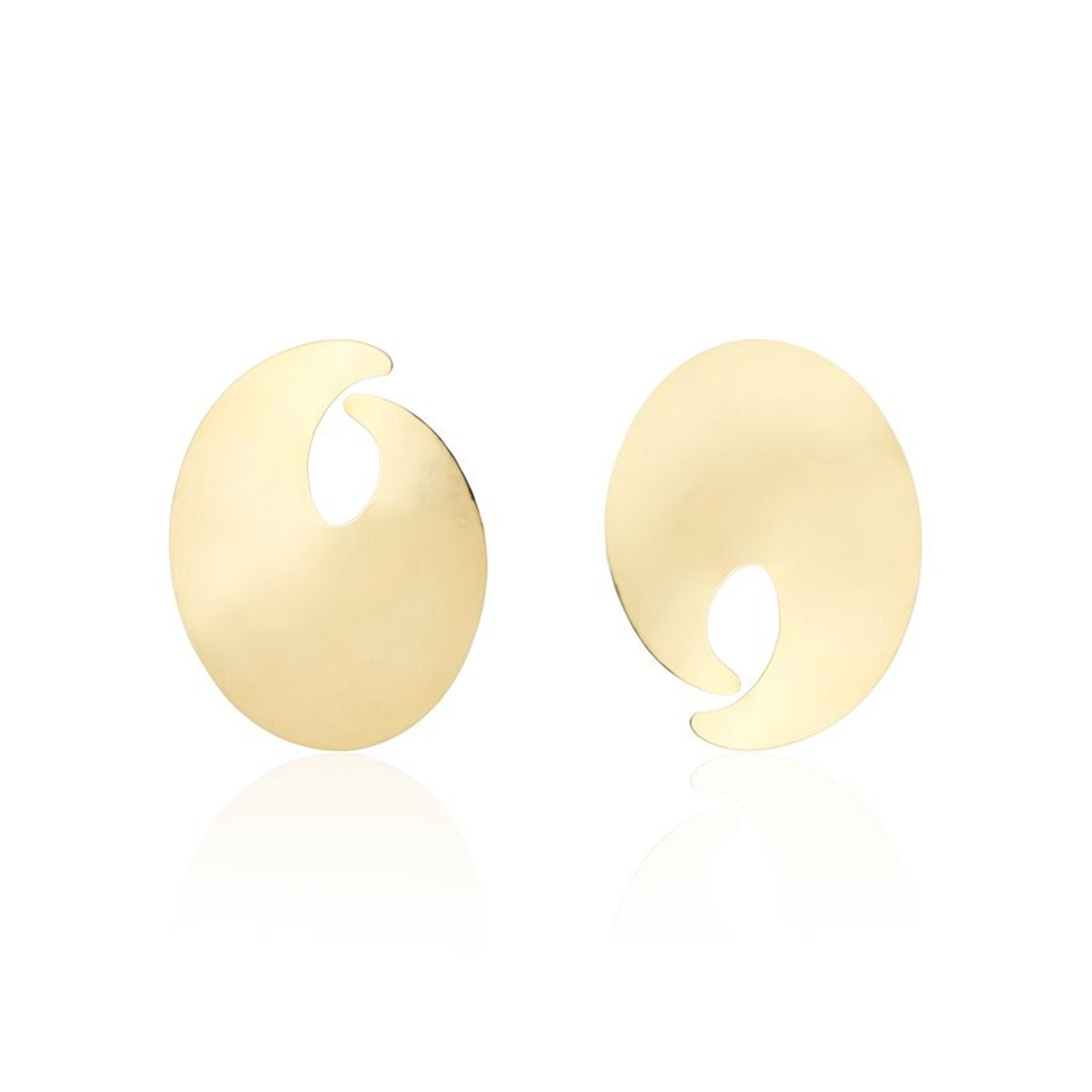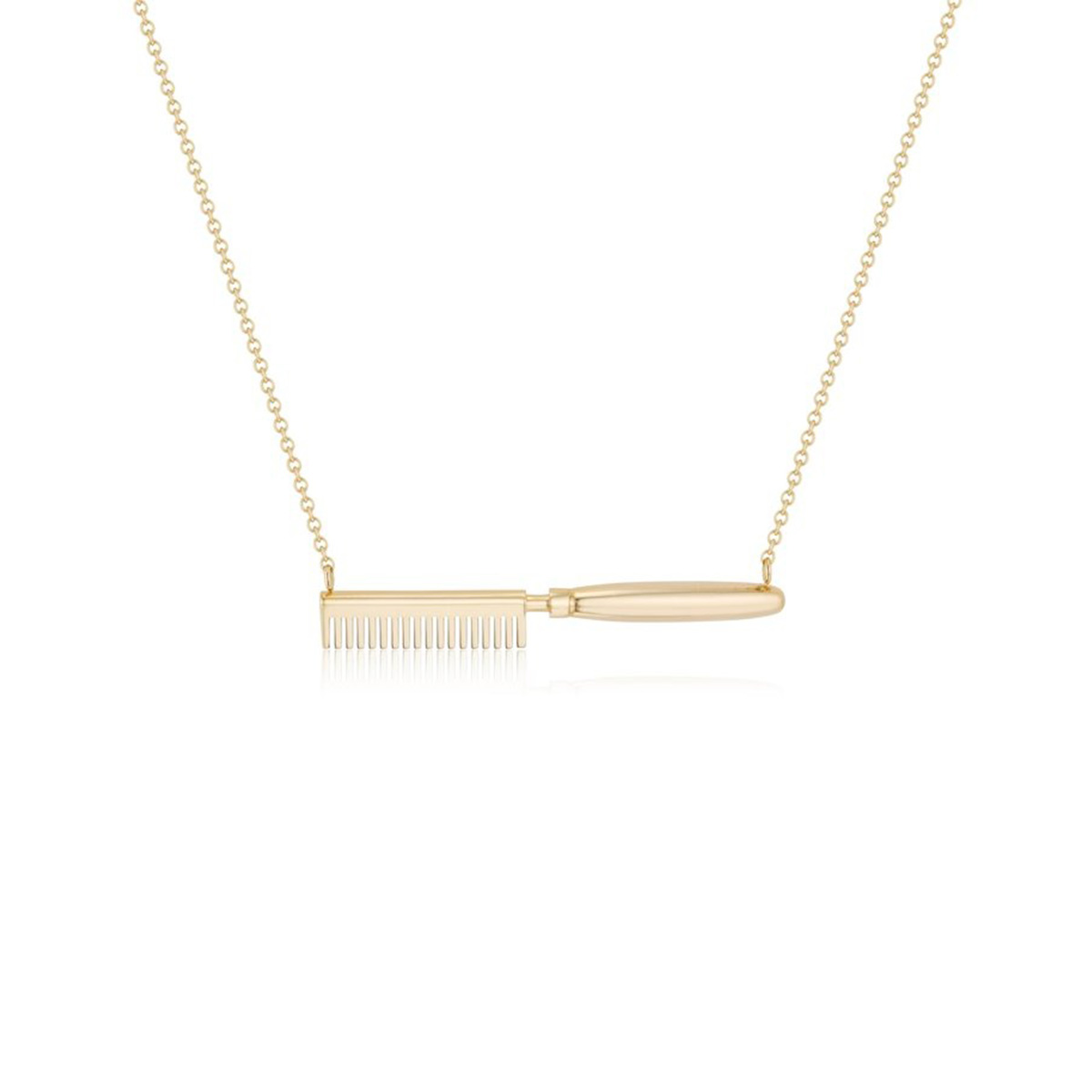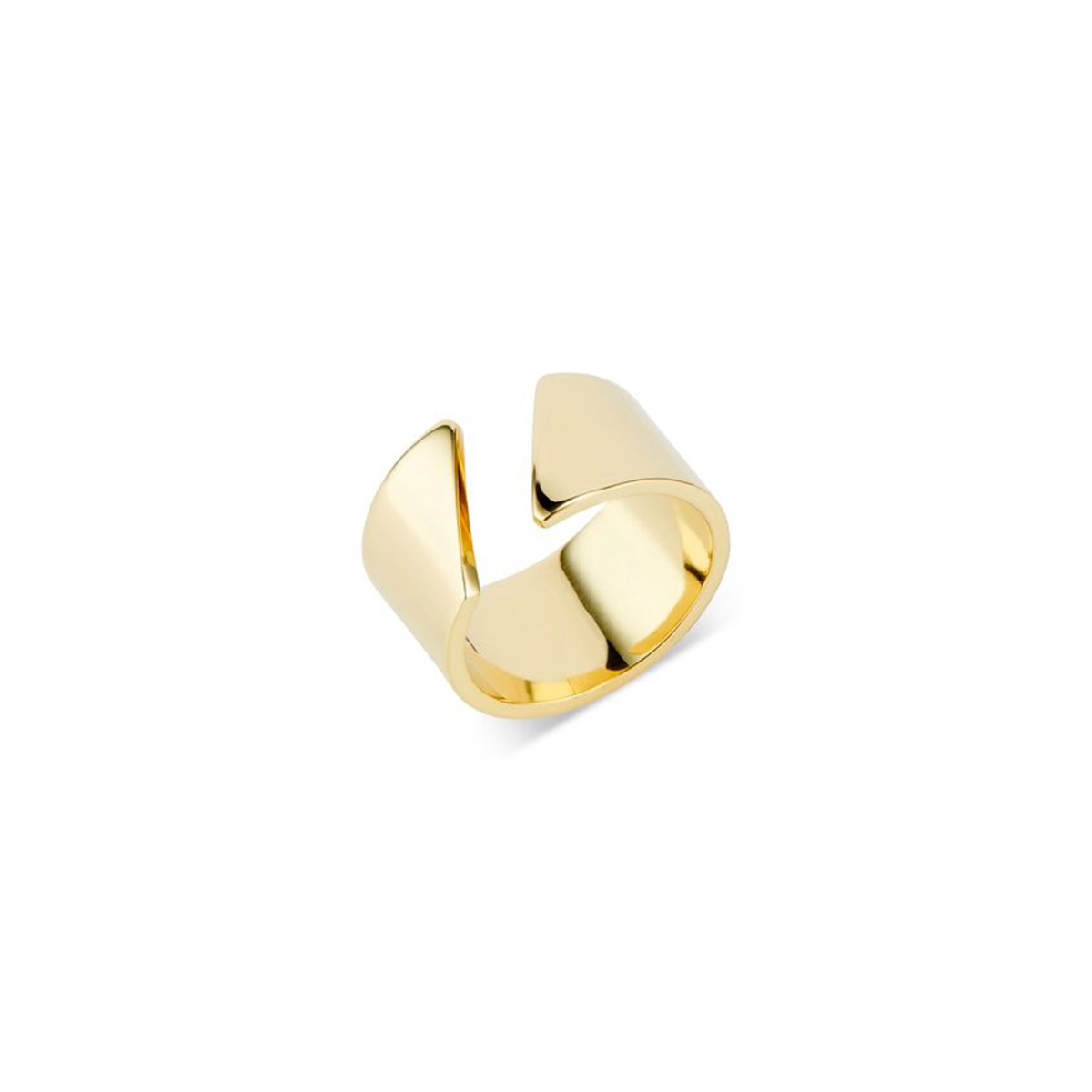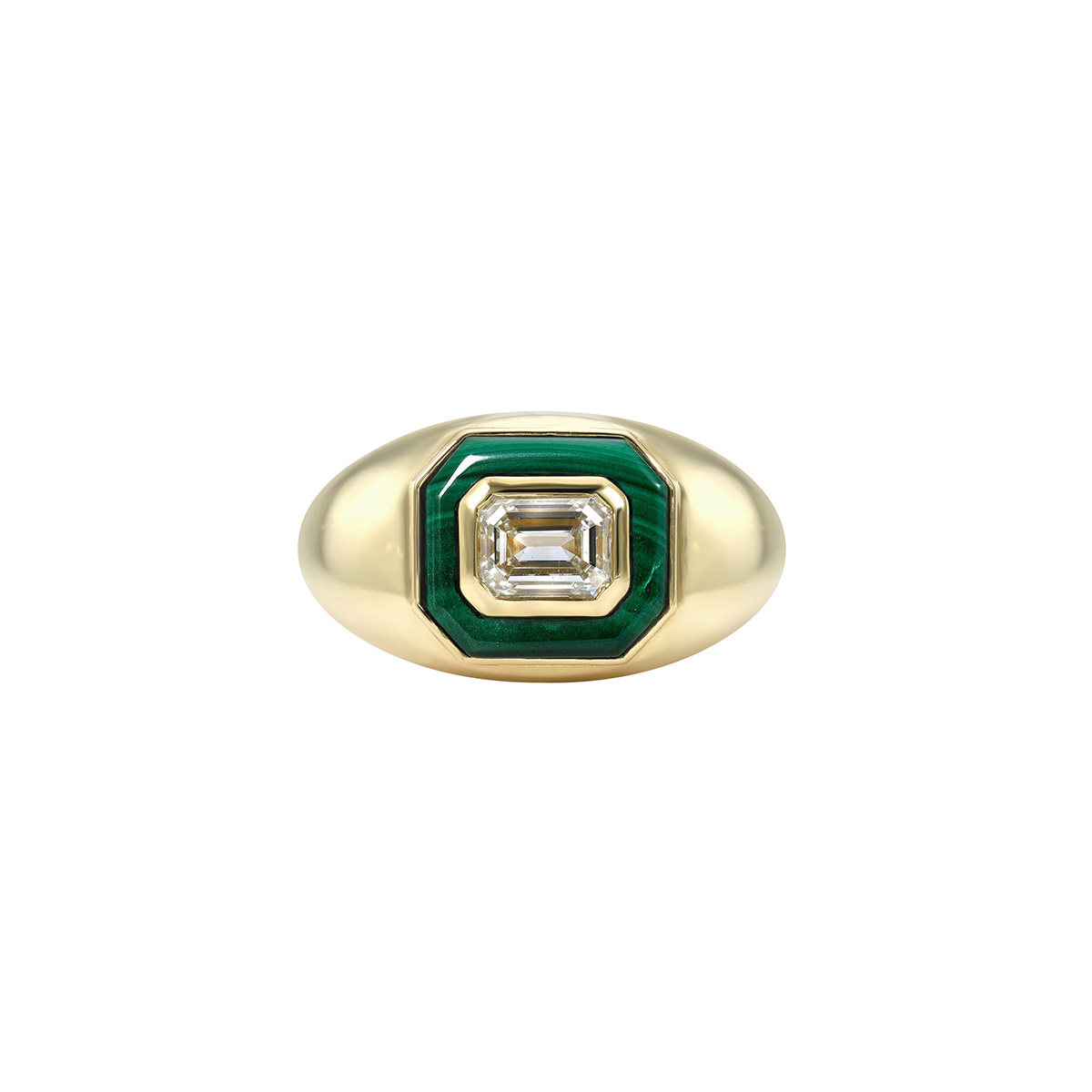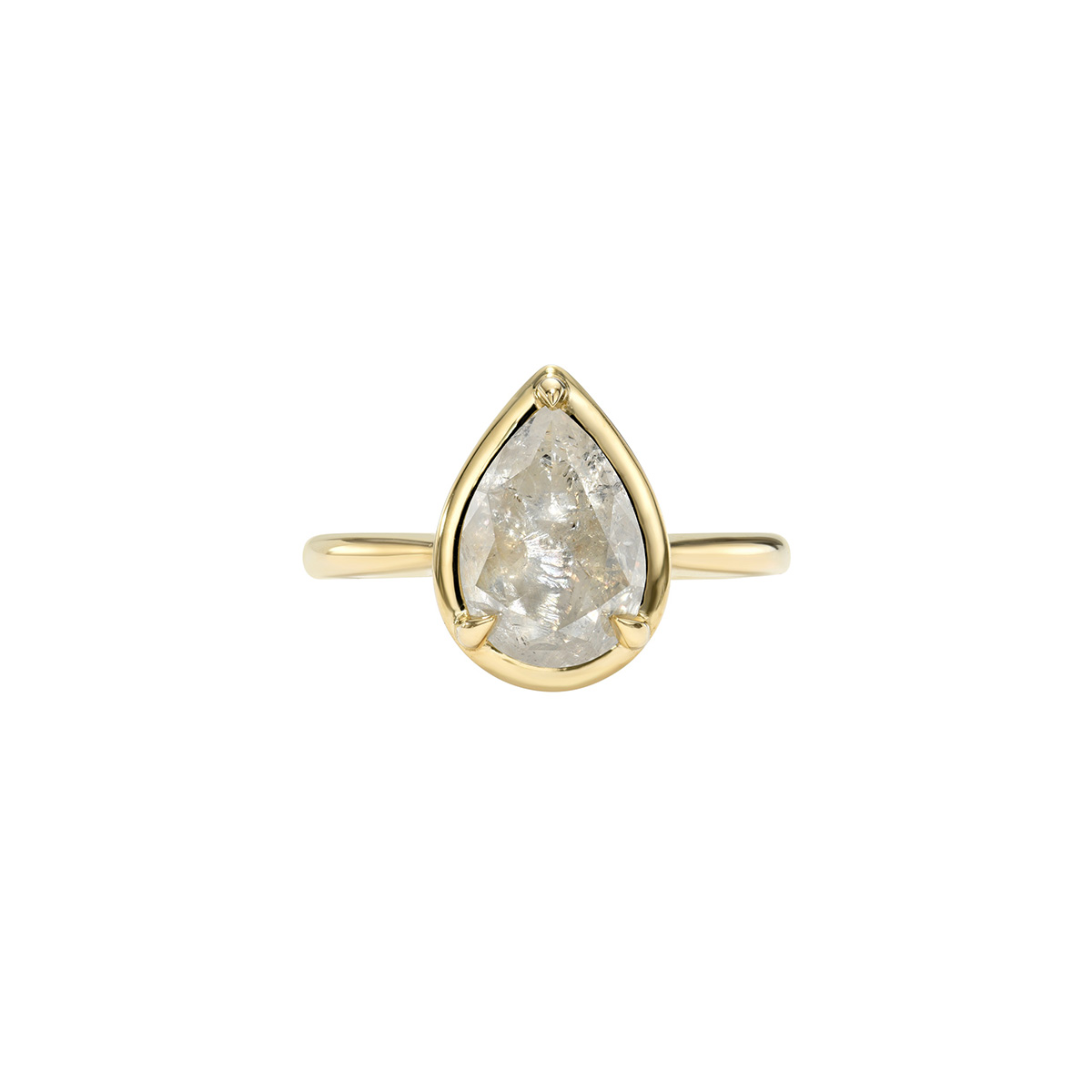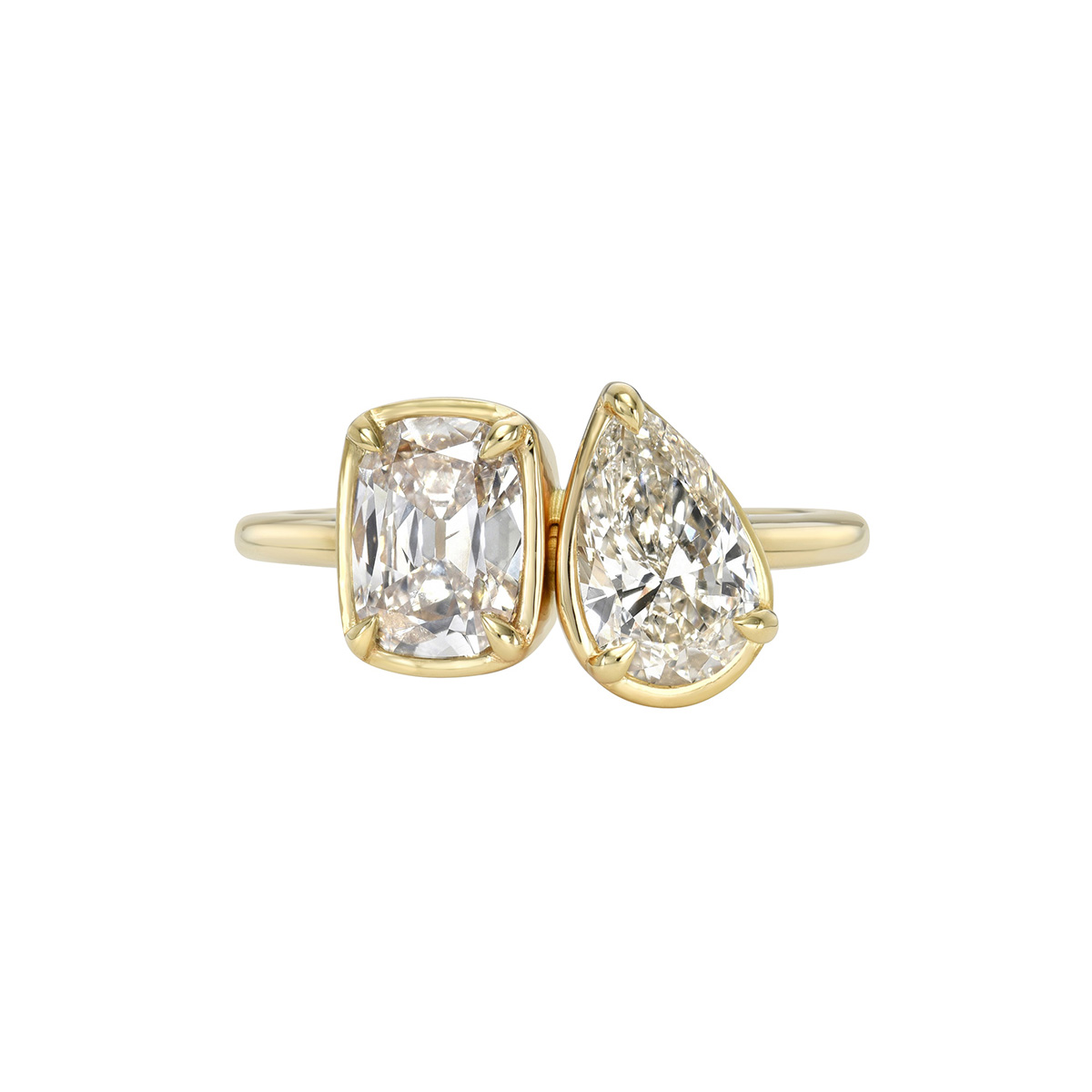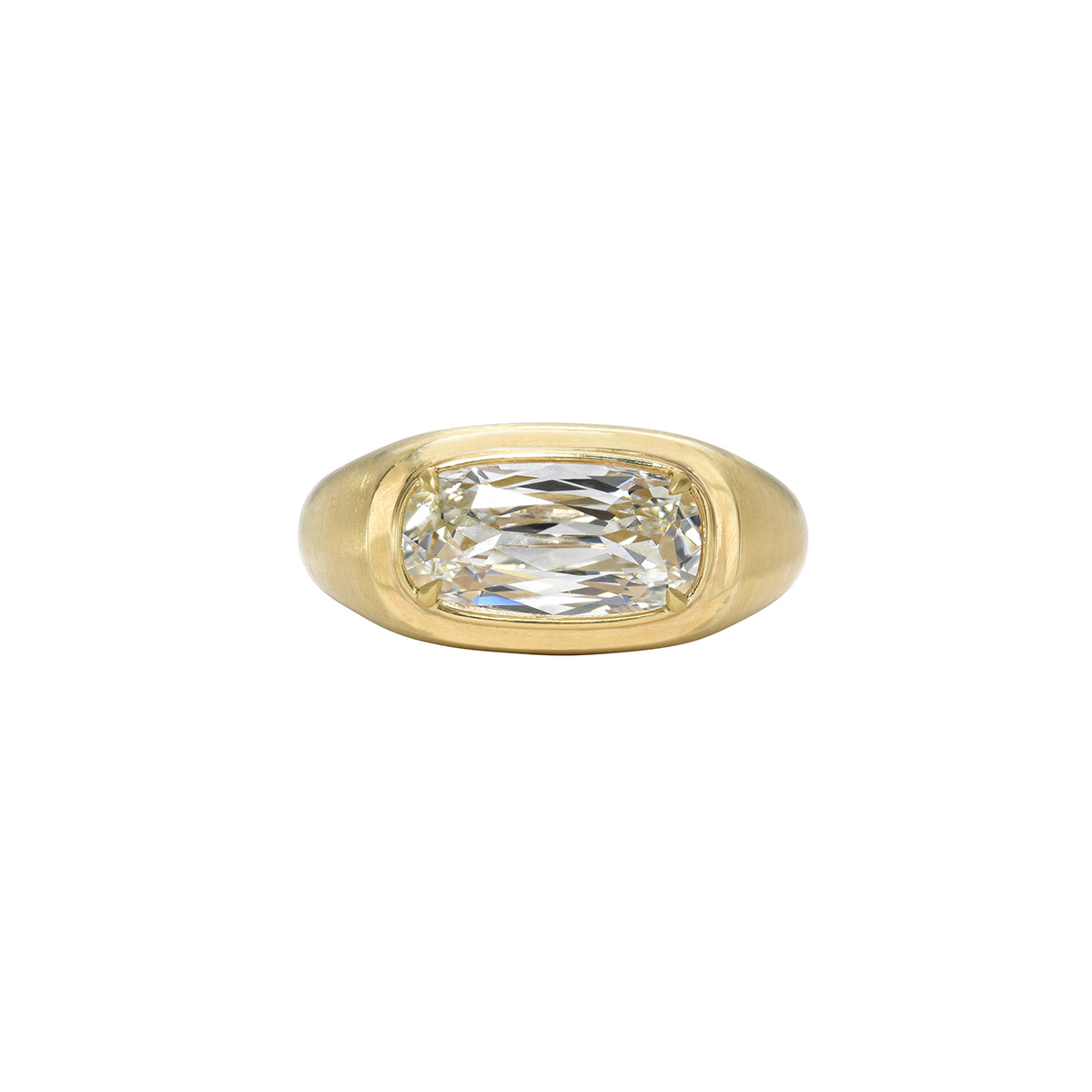Say Hello to the 4 Designers Ushering in Fine Jewelry's New Era

It’s not discussed enough just how difficult it is to break into the fine-jewelry space. In fashion, for example, you could arguably start a brand without leaving the Garment District. That’s not to say that making it in fashion is easy. But when you compare it to the astronomical entry fee that fine-jewelry designers must pay to even get their foot in the door, it could feel like that.
Thus, it makes sense why the industry has always been an exclusive one. "Historically, it’s been a small and quite closed sector, depending on multigenerational family relationships to get access to materials, workshops, and so on,” says Sally Morrison, the director of PR for natural diamonds at De Beers Group, one of the oldest and most respected diamond companies in the world. "So if you don’t have an ‘in,’ you’re not in!” The most significant barrier to entry (of quite a few) is the cost involved with buying precious materials. "The building of [each] piece is slow and labor-intensive, and many retail outlets expect goods on memo,” Morrison says. (A memo in the jewelry space simply means consignment.) Because of this decades-old custom, many independent designers, no matter how talented they are, will never make it in fine jewelry.
Understanding these barriers, Morrison and the team at De Beers have made it their mission to break them down. Their ultimate goal is to see their industry finally reflect America as it is today, a place where diverse approaches to creativity are celebrated instead of stamped out. According to Morrison, there is clearly no one-size-fits-all approach to supporting diversity in both design and talent in the fine-jewelry space. "Our response aims to be as varied as the designers that need support,” she explains. "We aim to take a layered approach.” Some examples of the company’s work include sponsoring the Teen Gems program at the 92 St. Y in New York, which gathers high school students and provides them with resources for basic jewelry-making skills. De Beers also collaborated with RAD, or Red Carpet Advocacy, on a campaign called #BlackIsBrilliant that paired mid-career fine-jewelry designers with celebrity stylists to help them secure placements at major red carpet events.
Most recently, Morrison’s team partnered up with The Surf Lodge for the Montauk mainstay’s 15-year anniversary, and the hotel’s founder and creative director, Jayma Cardoso, curated a collection of pieces from independent fine-jewelry designers, including Lorraine West, Maggi Simpkins, and TenThousandThings founders Ron Anderson and David Rees, all of whom are equally responsible for ushering in a new era for the industry, one that champions diversity instead of curbing it.
At a sunset dinner held at the hotel and venue’s private beach, I had the pleasure of speaking with the four industry-shaping creatives about their unique entrepreneurial journeys, the community they’ve each built in the fine-jewelry space, and their biggest achievements so far. Scroll down to dive in.
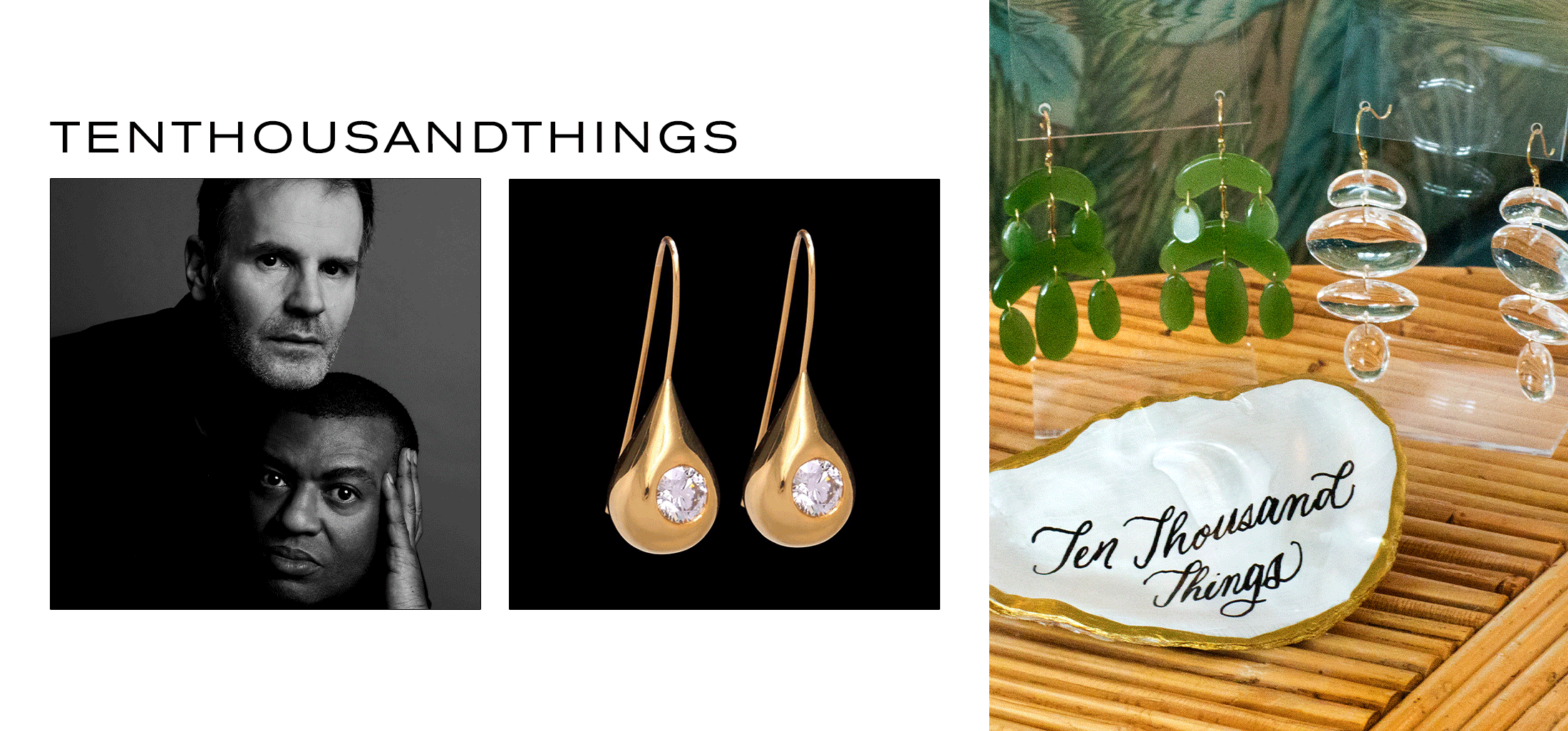
Anderson and Rees met at Linda Dresner’s store on Park Avenue—a Manhattan shopping institution that opened in 1984 (and very sadly shuttered in 2008) and was frequented by the likes of Jackie Kennedy and Gloria Vanderbilt—in 1989, and the rest was history. Only one year later, Rees, who was managing the store at the time, and Anderson, who was showing his work to one of its buyers, launched their first jewelry collection as a duo. Anderson had been designing jewelry since high school, using vintage pieces and repurposing them into jewelry he could sell on the streets of SoHo. "In the late ’80s and early ’90s, this was very cool,” the designer clarifies. Rees was a graphic designer and overall creative renaissance man. Their meeting on that fateful day in 1989 was nothing short of kismet.
How has the fine-jewelry space changed since you started?
When we started in 1990-91, it was a much less saturated market. You built your business by making exclusive relationships with the finest stores across the world. There really wasn’t designer fine jewelry. The retailers were mostly selling costume jewelry from the big houses or fine jewelry from traditional big brands. Looking back, it seems like it was easier then to make your impact and solidify distribution.
Today’s reality is much different and more difficult for emerging jewelers. Ultimately, retail strategies like only consignment [make] it almost impossible for emerging designers. An increasing instability in the retailer sector is also a problem for establishing exposure and distribution. These are both things that make it difficult to start your career.
Tell me about the fine-jewelry community.
We are lucky to have a tight community in the jewelry space probably because we love other jewelers, and we have a huge respect for handmakers and creators and are very open in our appreciation. We have mentored emerging jewelers and have for many years. In 2019, Elliot Carlyle invited us to participate in a BIPOC initiative called Here We Are. At that moment, we were pulled into a community of makers we didn't know, and the bond was immediate. Further diversity initiatives have strengthened our community by connecting us to new peers and also reuniting us with old friends like Jacqueline Rabun, who we started out with 30-some years ago. It’s been an amazing thing to take our place in the community for the first time really. Being part of a bigger thing has been amazing.
Why is it important for big-player brands like De Beers to push for diversity in the fine-jewelry space and support designers?
It’s important ... because without institutional support many jewelers would not find their way to distribution and stability. Providing a platform for them to be discovered or considered and recognized is invaluable to emerging designers. Being given the opportunity to show your work and explain your brand and product is essential in the modern marketplace, where consumers need to connect to you and your brand in a very personal way.
Where do you look for inspiration when designing for TenThousandThings? How do you continue to come up with fresh, original designs?
We have the benefit of working together and inspiring each other, and that is the center of our creative process. We both bring ideas to the table and then work on them together and separately. We share a love of art, outsider art, sculpture, and Native American craft—those things inspire us. We make it a point to continue to evolve signature techniques and vocabulary so everything reflects back on the brand.
What are some of the biggest achievements in your career thus far?
Our 30-year retrospective exhibition at Pratt last year was a great moment for us. We were nominated for the Jewelry Design award at the Gem Awards last/this year and won a couture design award at this year's [Couture Design Awards]. Those are some industry landmarks, but I think our biggest achievement is maintaining a sustainable, influential, high-profile, relevant business for over 30 years. Sally Morrison said that in her toast at dinner, and honestly, we hadn't really thought of it in that way, but that is definitely the biggest achievement of our career.
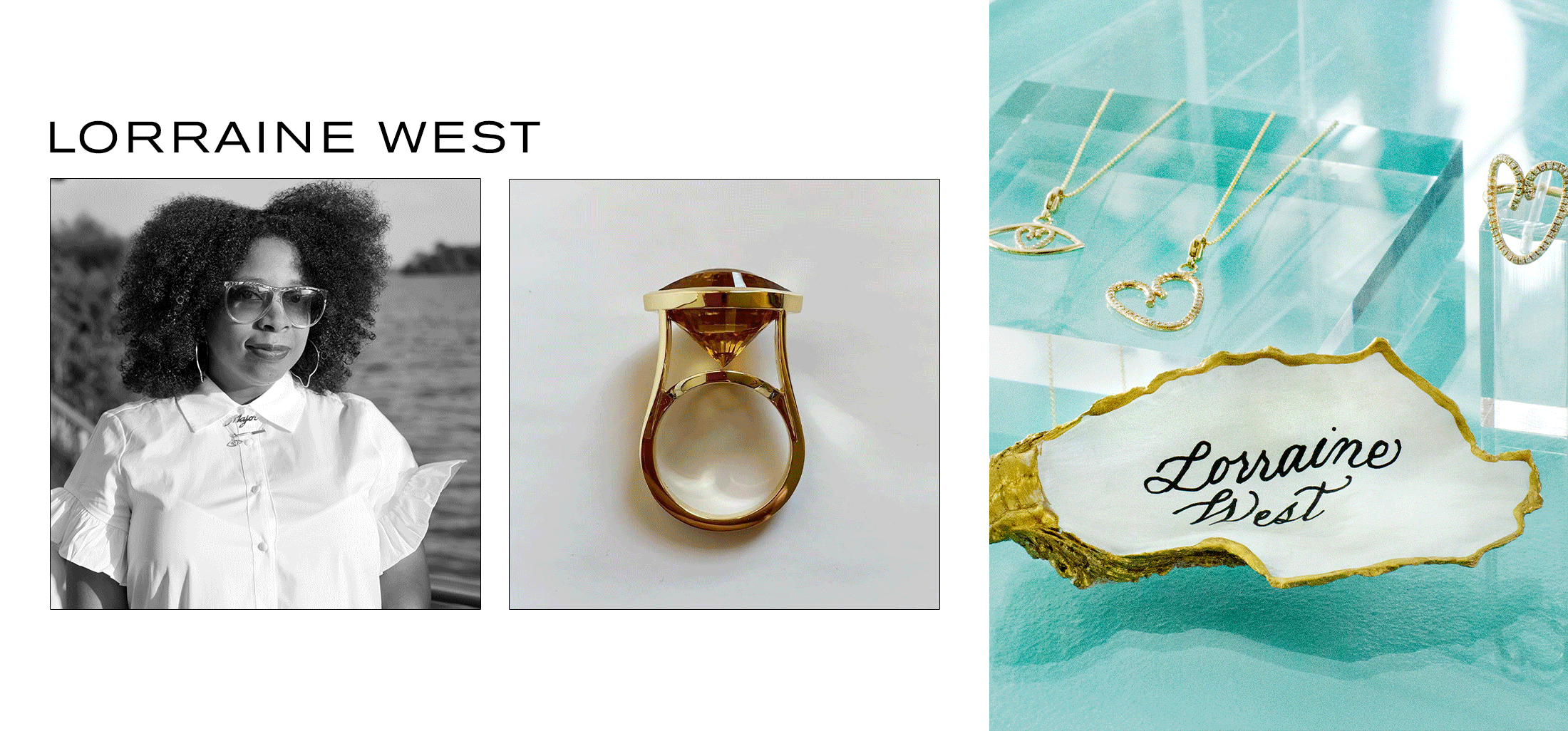
Lorraine West, a first-generation Caribbean American, was born and raised in Central Islip, a suburb outside of New York City. Her parents—a carpenter and a professional baker—provided her primary source of design inspiration thanks to their own interest in all things DIY and dedication to both craftsmanship and entrepreneurship. In 1998, West earned her BFA from the Fashion Institute of Technology with a focus on illustration. During her studies, she discovered the jewelry-supply store Toho Shoji, which remains a staple business in Bryant Park, and almost immediately, she became enthralled with jewelry making. "I walked in the store with $23 and out with zero, pliers, cutters, wire, and beads in hand,” West recalls. "I had no idea it would become a business.”
Tell me about the fine-jewelry community. Is it a diverse environment? Is it a close-knit group? Do you help each other out? What do you love about it? How could it be improved?
I connected with the fine-jewelry community in 2019. I was a lone wolf prior, so it’s been a true joy to connect with OG jewelers I admired as a young adult, contemporaries, and emerging designers. It’s becoming more of a diverse environment, especially since 2020. I love the camaraderie among the jewelers I’ve connected with. We can cheer on one another, learn from [each other], and share resources. There’s room for all of us to shine. There’s still work to do. Industry leaders, editors, stylists, and retailers need to keep up with the pulse of the diverse talent and create space to nurture it.
Would you say that you have a community in the jewelry space? How did you find it?
I found a jewelry community through participation in group pop-up markets, various jewelry-design initiatives, and networking events celebrating diversity. I made myself available to share my knowledge, experience, and resources. I have nothing to lose because my product offering is unique to me, and no matter what anyone else is doing, I stay true to my vision and design ethos. From my observation, the industry can be secretive, cliquish, and gatekeeping. One of my goals as a designer and leader in this space is to break those walls down.
How are initiatives like the one De Beers has created to support diversity in the fine-jewelry space beneficial? Why do you think more companies should follow suit?
The De Beers initiative #BlackIsBrilliant that I was honored to be a part of has been life-changing. It has given me the opportunity to design high-jewelry pieces with De Beers sustainable diamonds from Botswana for the red carpet. It has expanded my design ethos and education about diamond provenance, from the mines to final goods distribution. More companies should follow suit and not just stop at short-term initiatives. Create space for diversity and provide resources and opportunities to assist in growing careers indefinitely.
Where do you look for inspiration when designing? How do you continue to come up with fresh, original designs?
I am inspired by storytelling, nature, geometry, symbology, astrology, cursive writing, and my muses. I listen to my gut and allow time to upload information that I get from my connection to my higher self.
What sets a Lorraine West piece apart from others in the space?
What sets Lorraine West Jewelry apart is that the designs are an expansion of myself. They’re beautiful, expressive, timeless, and made with the highest quality. Designed to bring joy and serve as a reminder to step into your inner beauty and power.
What are some of the biggest achievements in your career thus far?
Some of my biggest achievements in my career are my Abstract Palette Earrings placed on Beyoncé in her film Black Is King; designing my first high-jewelry choker for the red carpet, which was placed on Keke Palmer; visiting Botswana with a group of fellow jewelers, courtesy of De Beers Group; gracing the cover of Rapaport magazine; and winning the 2023 Diamonds Do Good Inspiration Award.
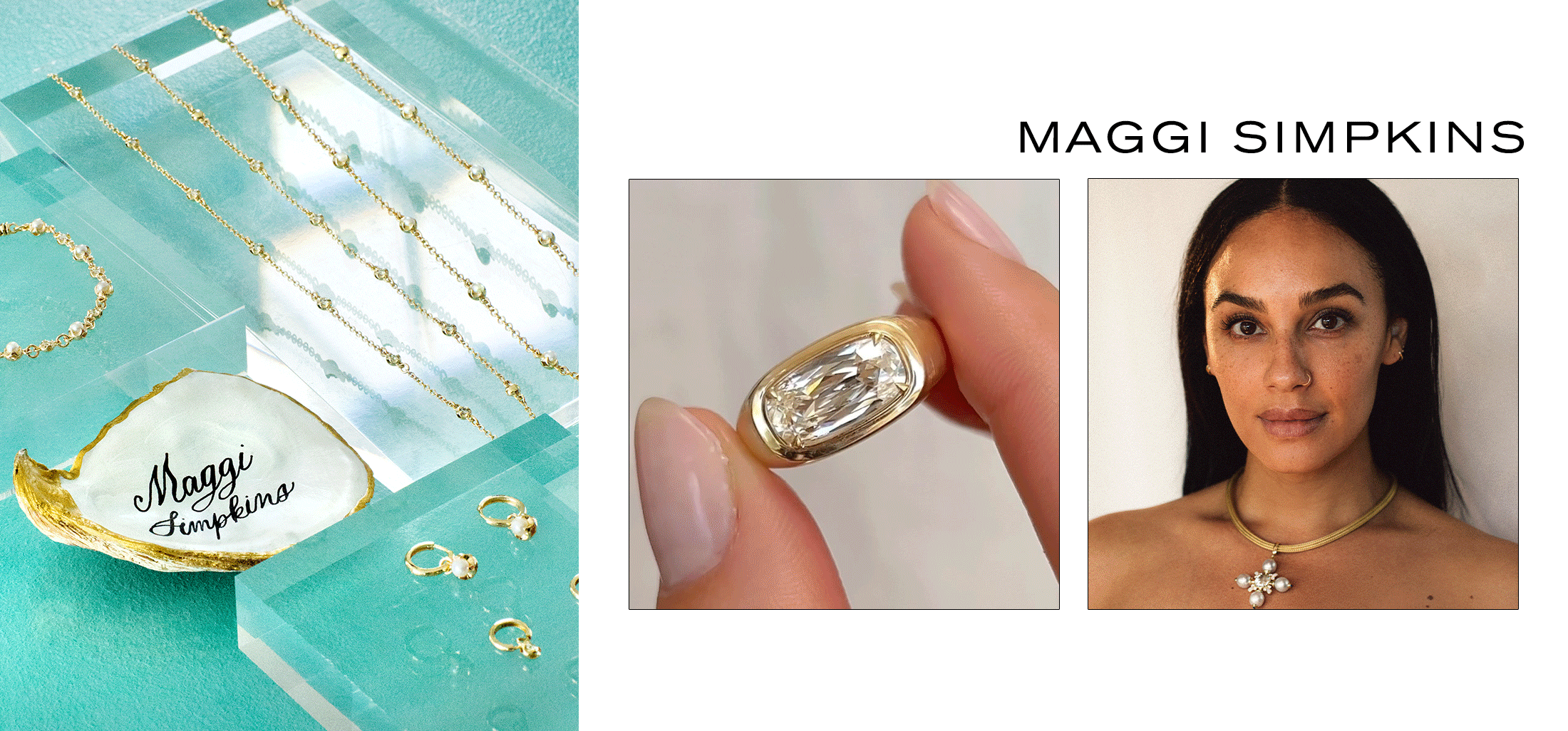
It’s been 14 years since Portland-born Maggi Simpkins began designing jewelry professionally for a private-label costume-jewelry company and eight since she went off on her own, starting her namesake brand in 2015 and never looking back. Today, she runs her business out of a studio in Los Angeles, specializing in bespoke engagement rings, the likes of which are miles away from the traditional styles that have become associated with the bridal bauble. According to Simpkins, her design ethos is driven by storytelling, with the goal of every piece being to craft a future family heirloom with a meaningful narrative behind it.
Tell me about the fine-jewelry community.
I think the fine-jewelry community has been making an effort to become a more diverse place. There is always more work to do around this, but it feels like, over the last few years, inclusivity and diversity have been a priority, and I am excited about that. As an independent designer who doesn’t attend trade shows or work with retailers, it can feel really isolating, like you are on the outside looking in. This has changed for me over the years, and I have made a point to meet and become friends with other designers who also understand my experience as a designer. We all share stories and resources with one another, and that feels amazing. Like anything, it took time to build those relationships, but it really came down to putting myself out there and showing up to events, etc. Social media has also been a really great place to connect with fellow designers and jewelry lovers.
Same for the engagement-ring designer community—in your experience, is it an inclusive and diverse environment?
The engagement-ring sector still feels a little more traditional and less diverse.
Why is it important for heritage brands like De Beers to promote diversity in the fine-jewelry space?
As a small, independent jewelry brand without a huge marketing budget or investor backing, it can be really hard to build a platform big enough to get noticed outside of our direct communities. Big-player brands like De Beers help introduce smaller brands to a different audience that otherwise might not have been exposed to our work.
How has your experience as a designer in the fine-jewelry space shaped your brand and the pieces you create?
Like I mentioned before, this space can feel really traditional and a little stuffy at times. I try to be as playful as possible while still attempting to create things that are classic enough to stand the test of time. I like to tell my clients, "There are no rules.” A lot of times, people come to me and ask things like, "Do I need to wear a wedding band with my engagement ring?” or "Do I need to use a diamond for a center stone?” I think that every person and relationship is unique and that when couples are looking at getting married, they get to make their own set of rules that work for them. I can’t make those rules for them.
What are some of the biggest achievements in your career so far?
Honestly, getting to wake up every day and create heirlooms for clients continues to be one of my biggest achievements. But I would say the most monumental feeling was in 2021 when I was asked to show my work at Sotheby’s, and I created a million-dollar ring for the show. That really changed the way I see myself and my capabilities as a designer.
Eliza Huber is an NYC-based senior fashion editor who specializes in trend reporting, brand discovery, and the intersection of sports and fashion. She joined Who What Wear in 2021 from Refinery29, the job she took after graduating with a business degree from the University of Iowa. She's launched two columns, Let's Get a Room and Ways to Wear; profiled Dakota Fanning, Diane Kruger, Katie Holmes, Gracie Abrams, and Sabrina Carpenter; and reported on everything from the relationship between Formula One and fashion to the top runway trends each season. Eliza lives on the Upper West Side and spends her free time researching F1 fashion imagery for her side Instagram accounts @thepinnacleoffashion and @f1paddockfits, watching WNBA games, and scouring The RealReal for discounted Prada.
-
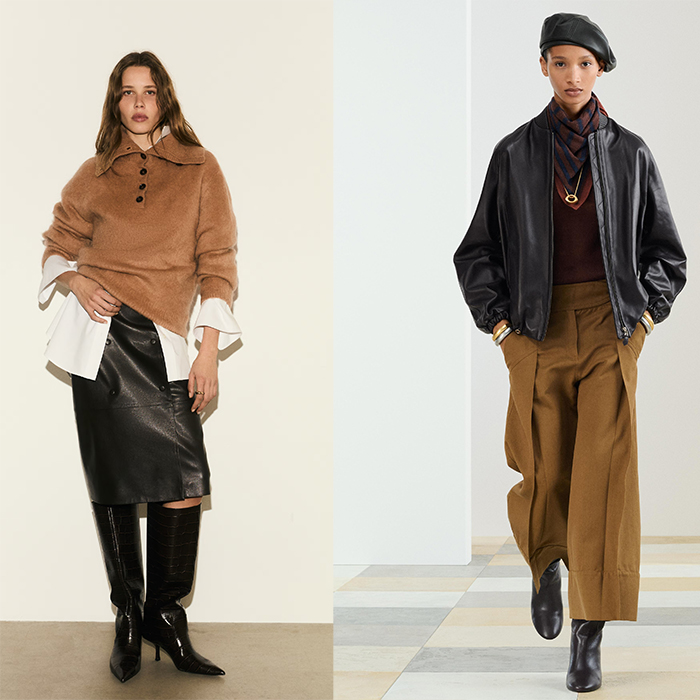 These Head-Turning Zara and H&M Pieces Won’t Last Until the End Of the Month—39 Styles To Get Now or Regret
These Head-Turning Zara and H&M Pieces Won’t Last Until the End Of the Month—39 Styles To Get Now or RegretThese look like straight-up designer.
-
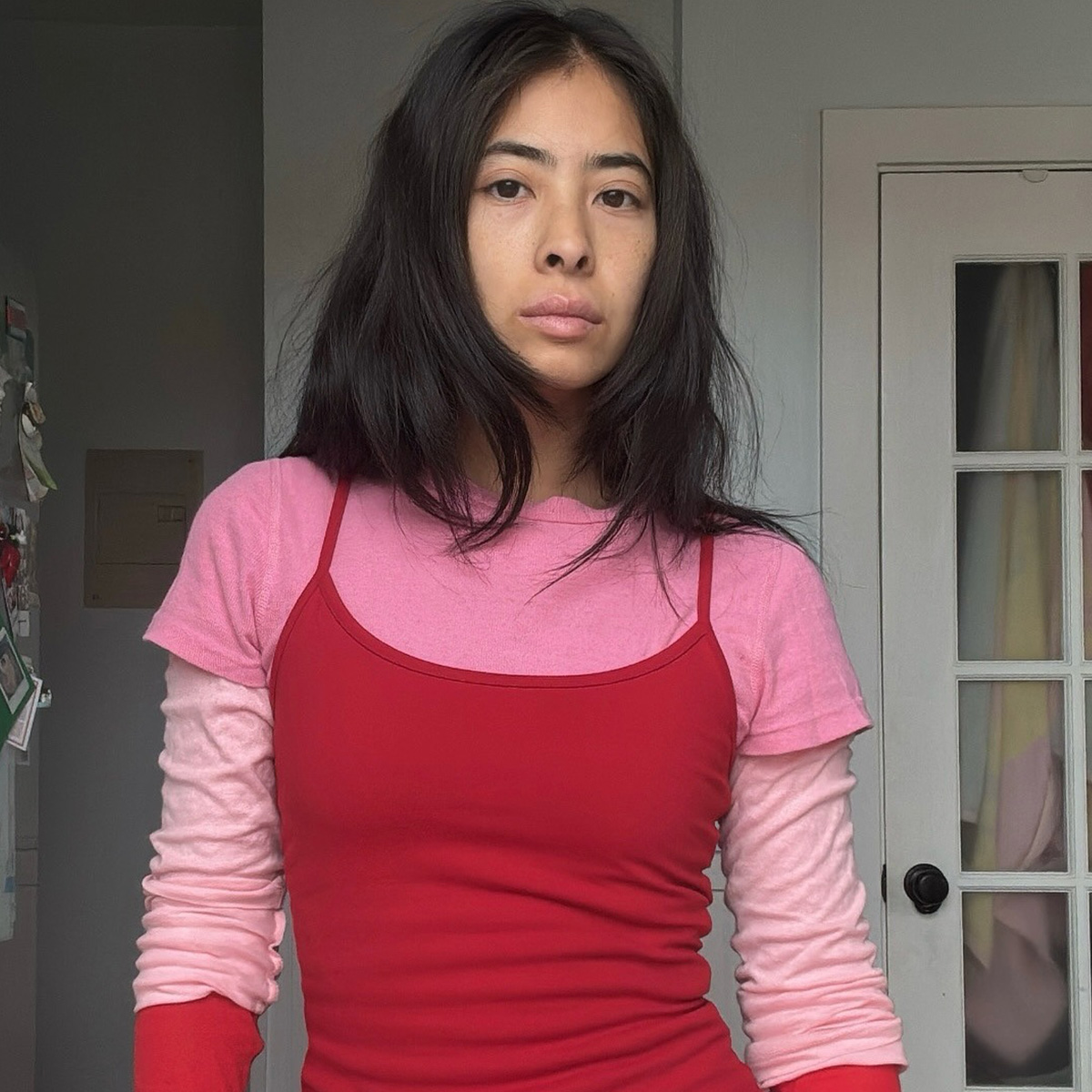 Spotted in New York: The Winter 2025 Trends It Girls Are Wearing Everywhere
Spotted in New York: The Winter 2025 Trends It Girls Are Wearing EverywhereFrom layered shirts to patent boots, here's what the girls are actually wearing.
-
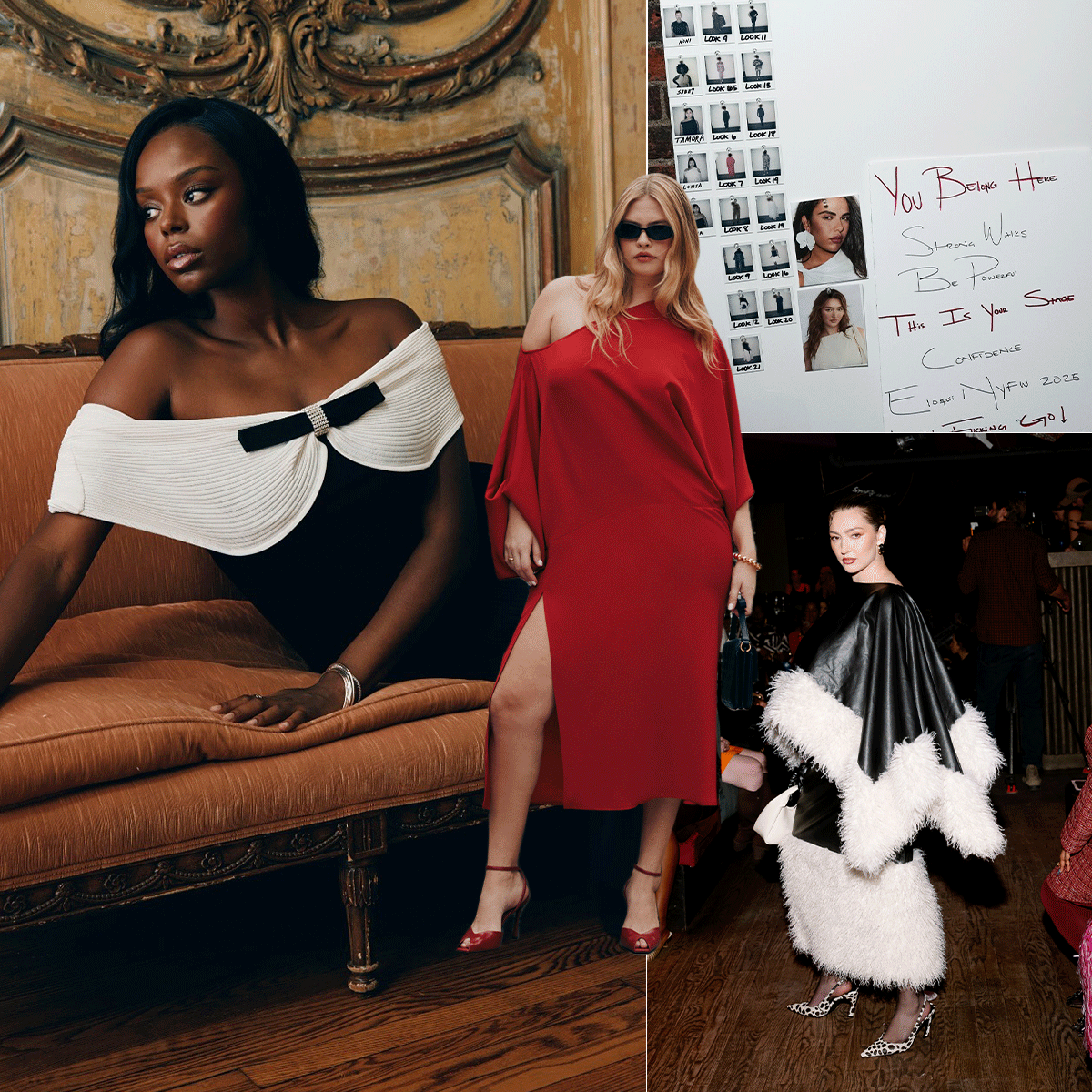 In a World of Shrinking Size Inclusivity, Eloquii Stands Larger Than Ever
In a World of Shrinking Size Inclusivity, Eloquii Stands Larger Than EverWelcome to the Eloquiissance.
-
 Paris Hilton's World: Her Pink Motorola Razr, Favorite Y2K Looks, and What 11:11 Media Means to Her
Paris Hilton's World: Her Pink Motorola Razr, Favorite Y2K Looks, and What 11:11 Media Means to HerA glimpse into the life of this savvy entrepreneur.
-
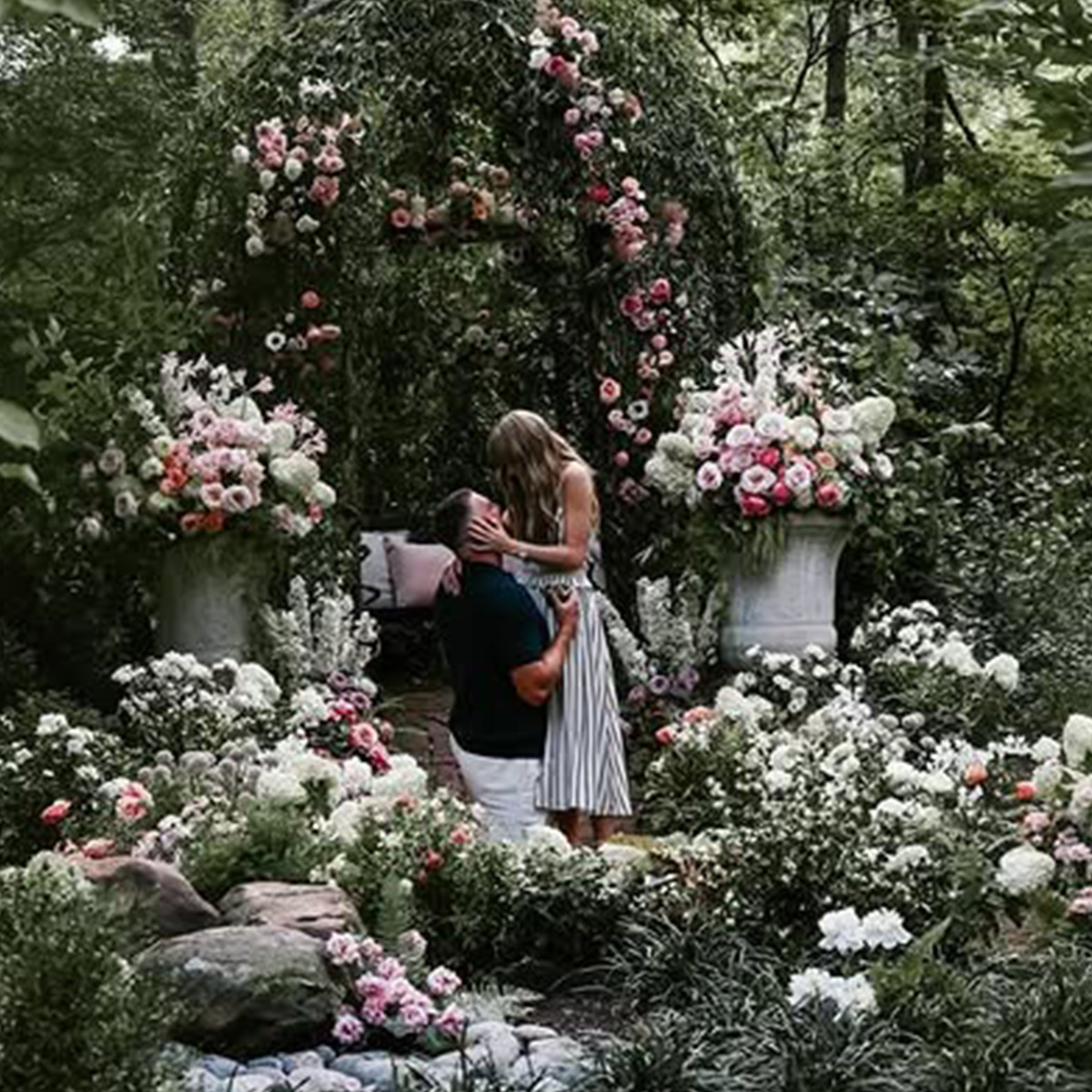 Taylor Swift Just Got Engaged in the Ring Trend You'll Be Seeing Everywhere for the Next Decade
Taylor Swift Just Got Engaged in the Ring Trend You'll Be Seeing Everywhere for the Next DecadeGuaranteed.
-
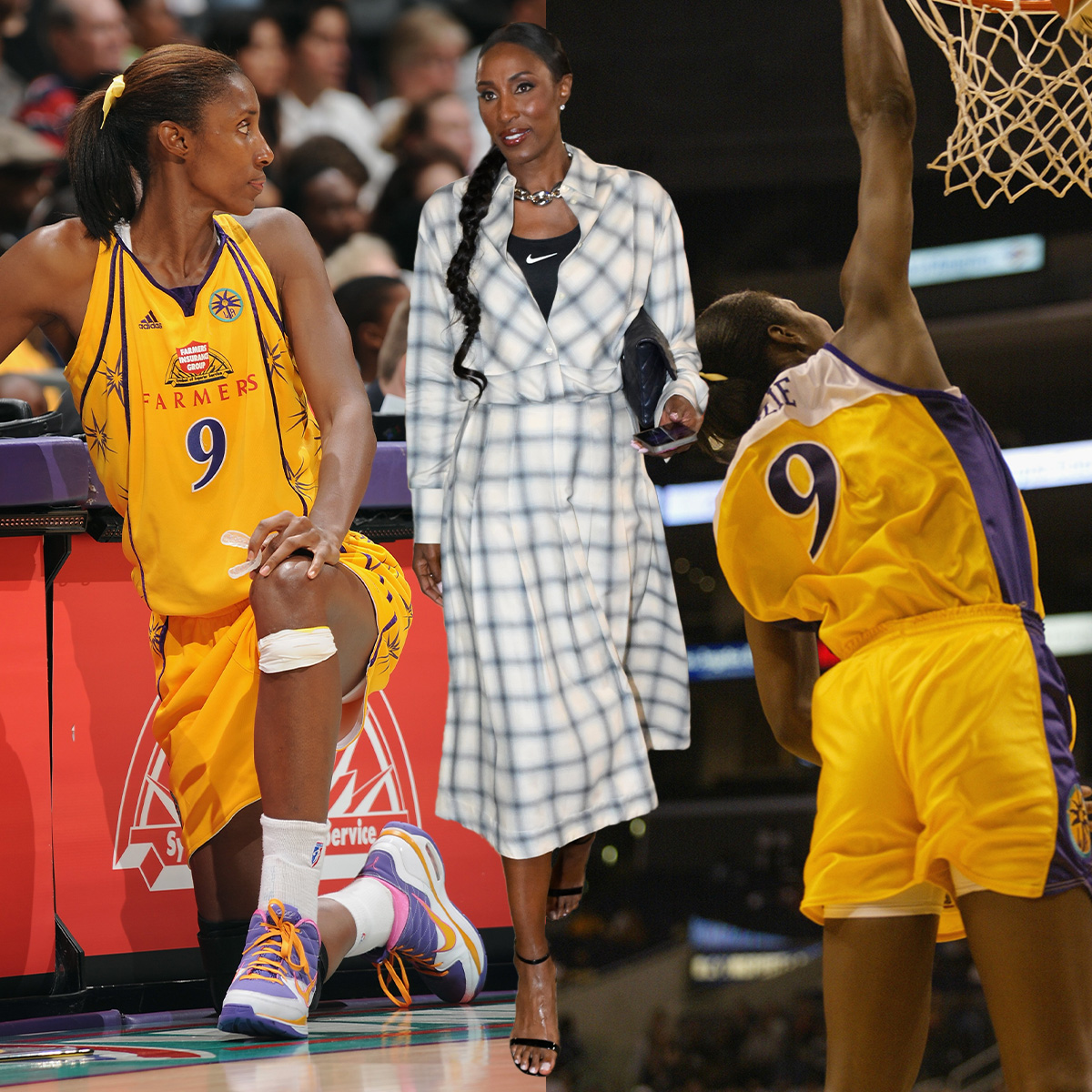 Lisa Leslie Is Still an All-WNBA First Team Dresser
Lisa Leslie Is Still an All-WNBA First Team DresserI sat down with the three-time MVP at Café Kallmeyer, an event hosted by Kallmeyer and Nike during the 2025 WNBA All-Star weekend.
-
 From Milan to Chișinău: Meet the 8 Designers That Make Up Fashion's New Guard in 2025
From Milan to Chișinău: Meet the 8 Designers That Make Up Fashion's New Guard in 2025We spoke with some of the industry's rising stars from around the world.
-
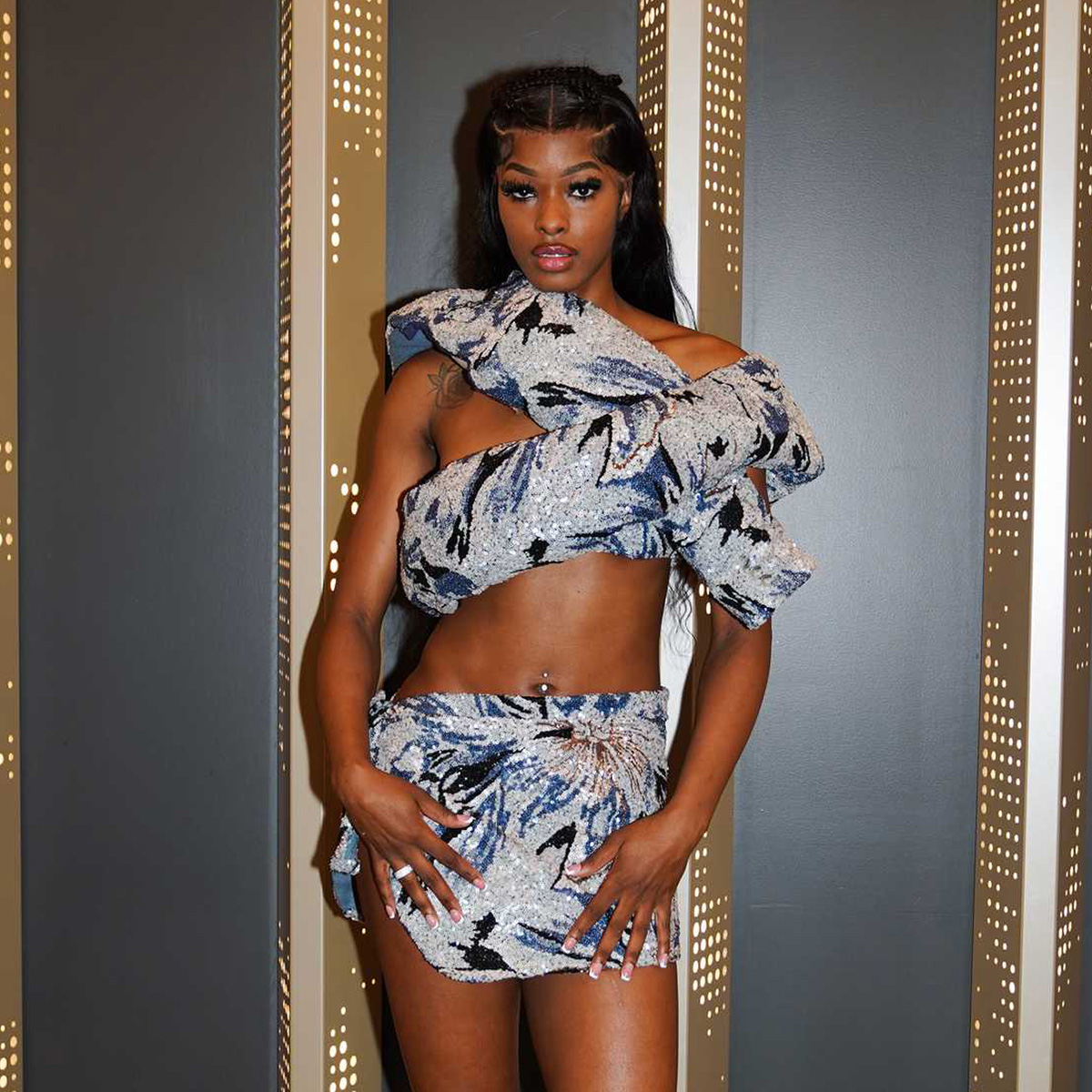 Prepare to See Rickea Jackson at a Lot More Than Just WNBA Games
Prepare to See Rickea Jackson at a Lot More Than Just WNBA GamesFashion girl loading.
-
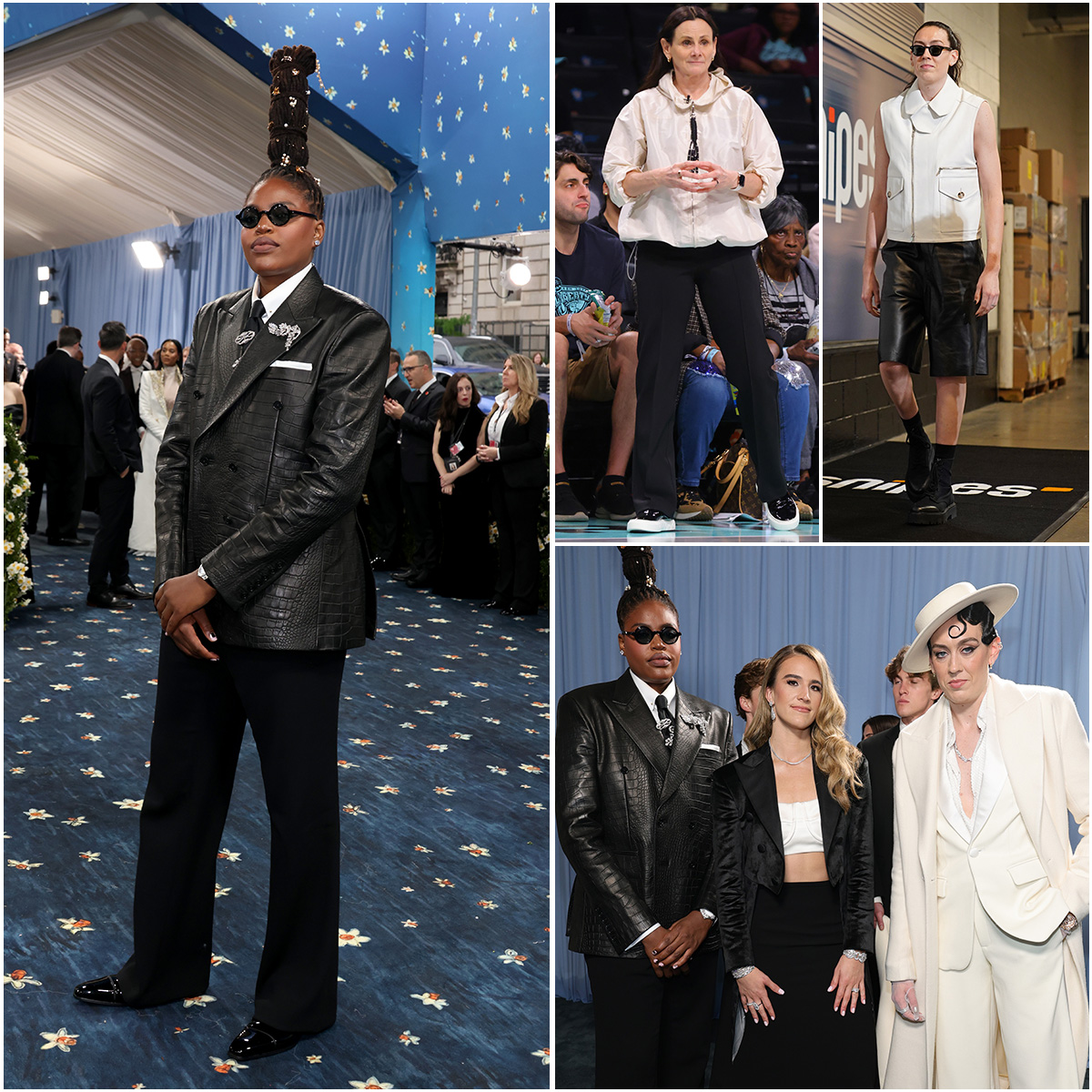 Tunnel Vision: How the New York Liberty Became the WNBA's Best Dressed Team
Tunnel Vision: How the New York Liberty Became the WNBA's Best Dressed TeamSpotted at the Met Gala.
-
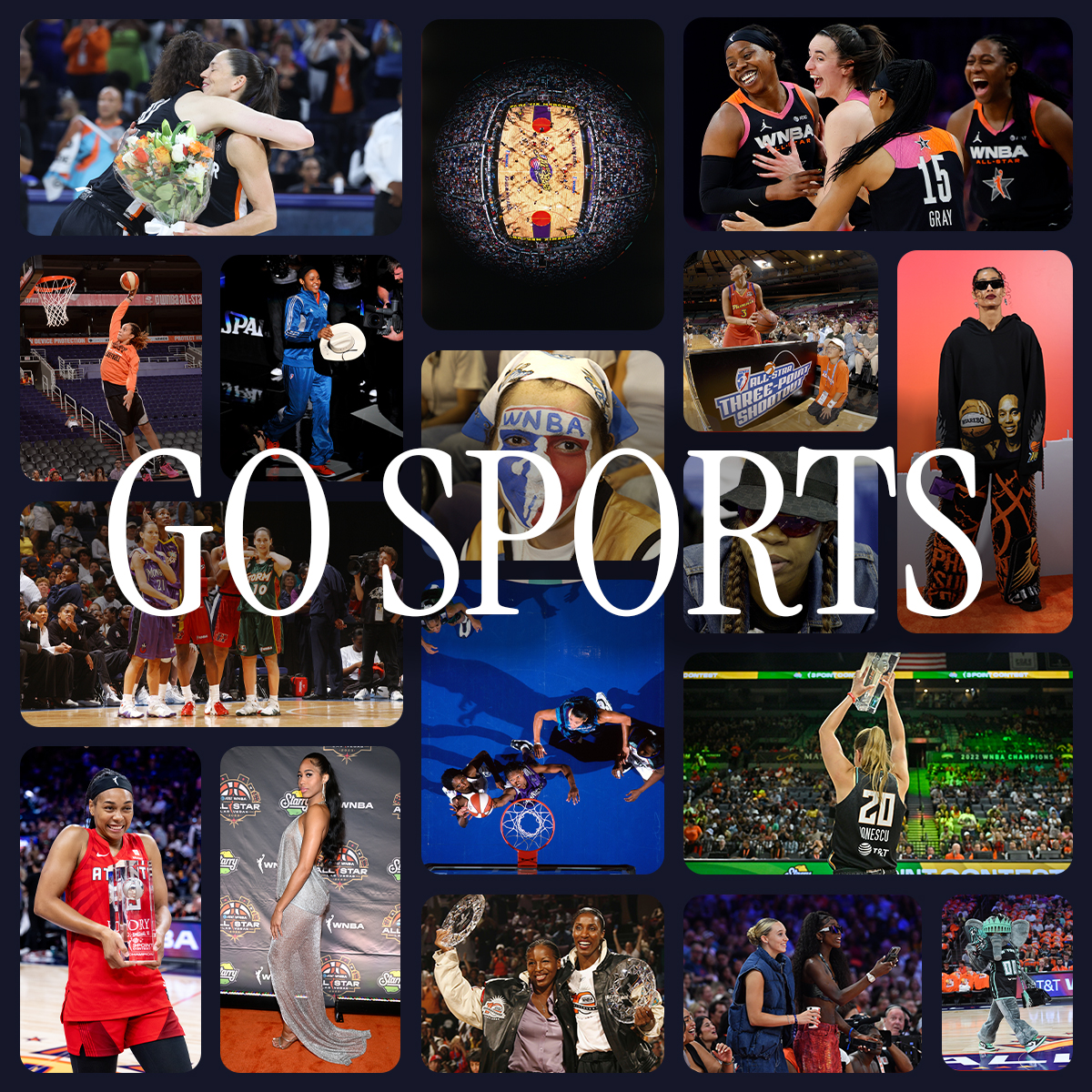 Go Sports Is Back, Just In Time For WNBA All-Star Weekend
Go Sports Is Back, Just In Time For WNBA All-Star WeekendHere's everything you need to know.
